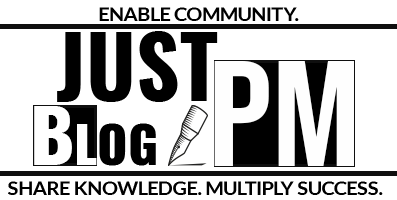The administer procurements process ensures that the contract with the seller is executed per the terms and conditions and that any deviations or requirements for changes are managed effectively.
Key Outputs:
- Change Requests:
- Arise due to changes in the overall context of the project or procurement.
- May result from actions taken by the seller or directions given by the buyer.
- Unresolved changes can be the basis for claims.
- Project Management Plan Updates:
- Directly affected by approved changes.
- Updates might be required in the procurement management plan, schedules, and cost baseline.
- Reflects the current status and future direction of the project.
- Procurement Documentation:
- Continuously updated to reflect the current state of the procurement.
- Includes contract documents, schedules, approved and unapproved changes, technical documentation, work performance reports, and inspection reports.
- Acts as a reference point for future actions and decisions.
- Organizational Process Assets Updates:
- Incorporate new knowledge and experiences from the current procurement process.
- Include correspondence, payment schedules and requests, and seller performance evaluation documents.
- Helps in improving future procurement processes and decisions.
- Correspondence:
- Documents all significant communications between the buyer and the seller.
- Can include warnings, requests for changes, clarifications, and other essential communications.
- Maintains a record of all interactions for future reference or in case of disputes.
- Payment Schedules and Requests:
- Document all payments made to the seller.
- Ensure that the financial aspects of the contract are transparent and up-to-date.
- Seller Performance Evaluation Documentation:
- Records the seller’s performance based on inspections, audits, and other evaluations.
- Helps in making decisions about the continuation of the contract or any corrective actions required.
- Can influence the seller’s status for future projects.
In essence, the outputs from the administered procurements process provide a comprehensive view of how the procurement is progressing, any changes or deviations from the original contract, and the performance of the seller. These outputs are essential for maintaining a smooth procurement process and meeting the project’s objectives.


